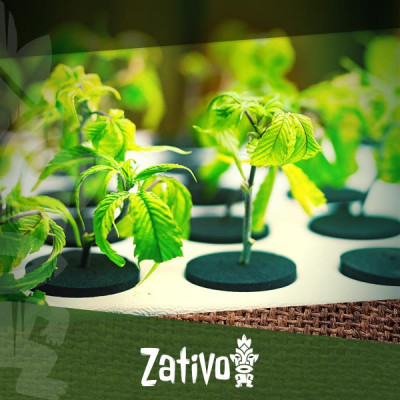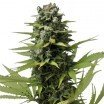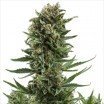Don't have an account?
Register NowYou have to add to cart at least 5 bottles or any program to make checkout.
- BlogIs It Possible To Use Hydroponics To Grow Organic Cannabis?
Is It Possible To Use Hydroponics To Grow Organic Cannabis?
Published: October 3rd, 2019
Categories:
Cannabis Cultivation

In today's world of agriculture and horticulture, the term "organic" means different things to different people. While the term has historically implied the use of natural fertilisers and the avoidance of synthetic chemicals and pesticides, it has recently been adopted by hydroponic growers as well.
Depending on your definition, "organic hydroponic systems" can be used to grow a variety of plants, including cannabis. However, these systems are substantially more difficult to establish and maintain than non-organic systems. Despite this, the appeal of organically grown product is enough to lure many cannabis growers into the sphere of organic hydroponics.
ORGANIC FARMING OR HYDROPONICS?

Traditional organic farming has long used soil as the growth medium. However, in the modern era, many growers have rejected the use of soil and fertilisers as a defining characteristic of organic growing.
In most of the world, for a product to be certified as "organic", it must be grown in soil. However, in 2017, the US Department of Agriculture decided to allow some hydroponic and aquaponic crops to be certified as organic. As such, some growers are now adopting these techniques as part of their organic farming programmes.
There are valid reasons why many organic growers have stayed away from hydroponics for so long. For starters, many organic nutrients are not fully soluble. They have a tendency to leave behind residual sediment that can build up inside hydroponic systems. These residuals can clog up the system, affecting its ability to grow robust, healthy plants.
Moreover, organic growing typically requires the use of beneficial microbes, and thick, sticky sugars. Similar to nutrients, these materials tend to leave behind deposits that clog up hydroponic systems. But even worse, having these deposits in your system could lead to the growth of living, thriving bacterial colonies. These kinds of growths can also affect the amount of oxygen available to roots, and consequently, your plants' ability to grow.
Nevertheless, the probability of running into these problems can be minimised by sticking to organic hydroponic systems that are known to have a higher success rate (like aquaponics and bioponics).
WHY HYDROPONICS?
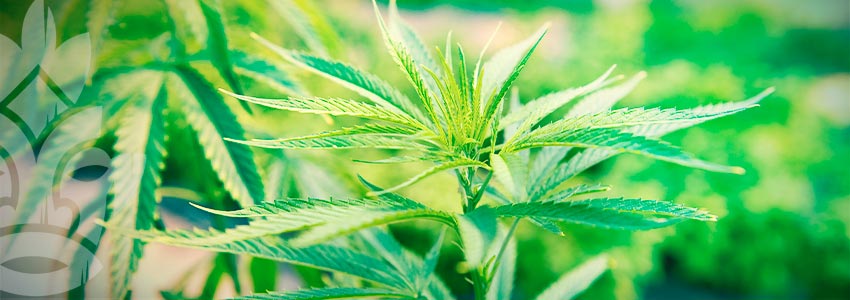
There are several benefits to growing cannabis hydroponically. Hydroponic plants tend to develop faster and produce a higher yield than in soil. This occurs because nutrients can be transferred to plants much more easily in hydroponic systems than in soil. You can expect a hydroponic grow to be roughly 20% faster and more productive than soil-grown cannabis.
Moreover, hydroponic systems are more efficient with resources than soil-based grows. Hydro saves both space and water. Less water is used because it is distributed efficiently to your plants, instead of just being soaked up by the soil. Moreover, because hydroponic plants are usually grown in a sealed and protected chamber, they are less susceptible to threats like pests and disease.
ORGANIC HYDROPONIC SYSTEMS

There are several ways in which hydroponic systems can be modified to be more organic. However, the two most viable, successful, and widely accepted organic hydroponic systems are aquaponics and bioponics.
AQUAPONIC SYSTEMS

Aquaponic systems are hydroponics that utilise nutrient-rich fish excrement to feed plants. They rely on a system of recirculating tanks, with fish usually being kept in a specific tank with a biofilter. This biofilter uses oxygen and biological catalysts to break down nutrient particles into more manageable pieces.
Neglecting to use a biofilter could result in the residual buildup of nutrients, leading to systemic problems like microbes and algae. Some systems are built to sidestep this problem by using substrate beds to house the microbial population and avoid the biofilter altogether.
A healthy, well-established aquaponic system is perfectly capable of growing cannabis. However, it may take some time for the system to build itself up to the point where it is capable of supporting flowering cannabis plants. Many other successful and organically certified (in the US) hydroponic systems use substrate beds to promote growth. These systems use a mix of substrates including coco coir, high-quality compost, perlite, peat, and bark.
BIOPONIC SYSTEMS
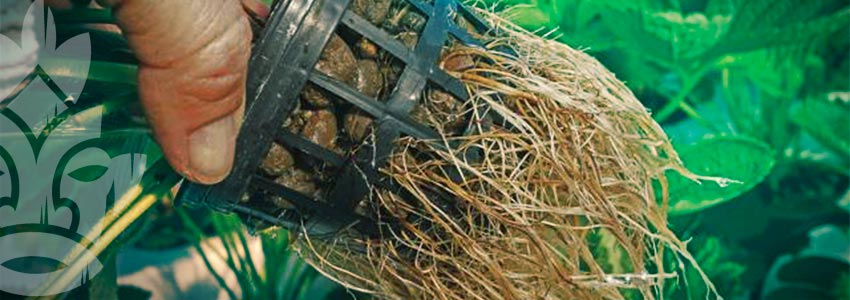
Bioponic systems work similarly to aquaponic ones, yet they do not require fish to produce nutrients. Instead, this system feeds fully soluble nutrients to plants by first passing them through a specially designed biofilter. This biofilter houses both the oxygen and microbial life required to quickly process complex nutrients into simpler forms. Moreover, bioponic systems do not use any kind of substrate. Instead of relying on microbial activity inside of a substrate, these systems rely on their biofilter.
Using a biofilter and avoiding a substrate provides the advantage of keeping the root area clear of insoluble nutrients and microbial activity, making it more clean and hygienic. Because of this, bioponic systems are considered to be more "pure" than other organic hydroponic systems. Additionally, bioponic systems will not take as long to prepare for growing cannabis as aquaponics.
CONSIDERATIONS FOR ORGANIC HYDROPONICS

There are several differences between organic and non-organic hydroponic systems that must be carefully considered when making the switch. Apart from using different (organic) nutrients, growers will also have to be mindful of differences in irrigation, pH maintenance, and disease control.
For starters, an organic hydroponic system will need to be irrigated a little differently. Drip irrigation is advised so as to avoid oversaturating the root zone. A plant’s root zone should be finely balanced between the requirements of the microbes and the root system. Organic systems will require a higher level of oxygenation at the root zone due to the number of local microbes in the area.
EC (electrical conductivity) and pH level maintenance are also handled differently in organic hydroponic systems. For instance, an organic grow tends to have naturally higher pH levels than non-organic hydroponics. However, because pH stabilising acids are not considered organic, pH levels are best left to stabilise on their own. Moreover, because organic nutrients don’t conduct electricity, EC measurements may not be very accurate or useful.
Pest and disease control will also have to be managed more carefully in organic grows. Like pH solutions, synthetic pesticides and fungicides are not considered suitable for organics. Instead, many organic growers rely on neem oil and beneficial insects to ward off unwanted pests. For the organic grower, close inspection of plant material, monitoring of plant health, and the use of sticky traps, screen vents, and double-door entries is crucial to protecting plants.
IS IT WORTH IT?
These systems are undoubtedly more challenging and demanding to build, and perhaps maintain, than regular hydroponic systems. As such, they can also be much more frustrating and time-consuming. However, if organically grown cannabis is your objective, then they just might be the perfect choice.

